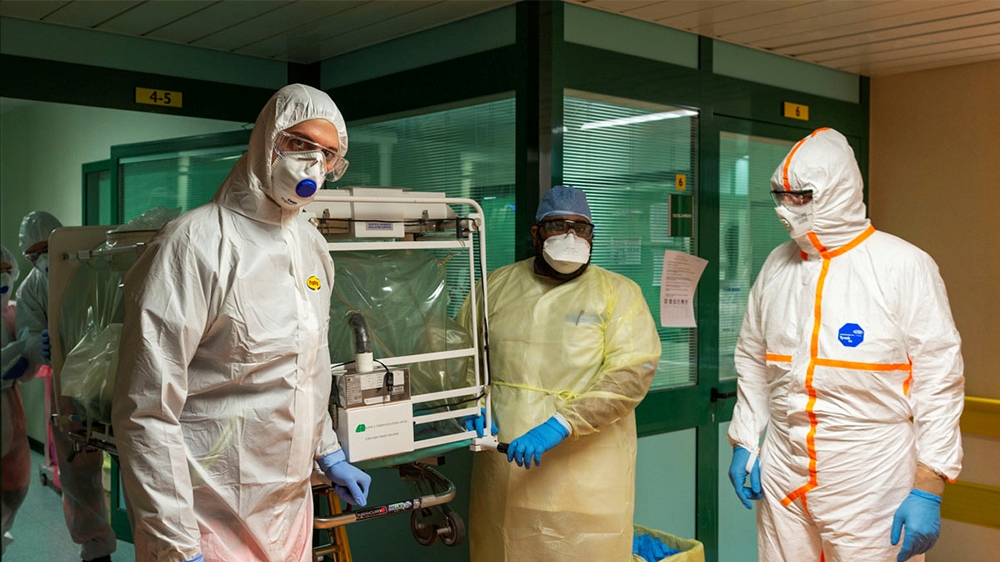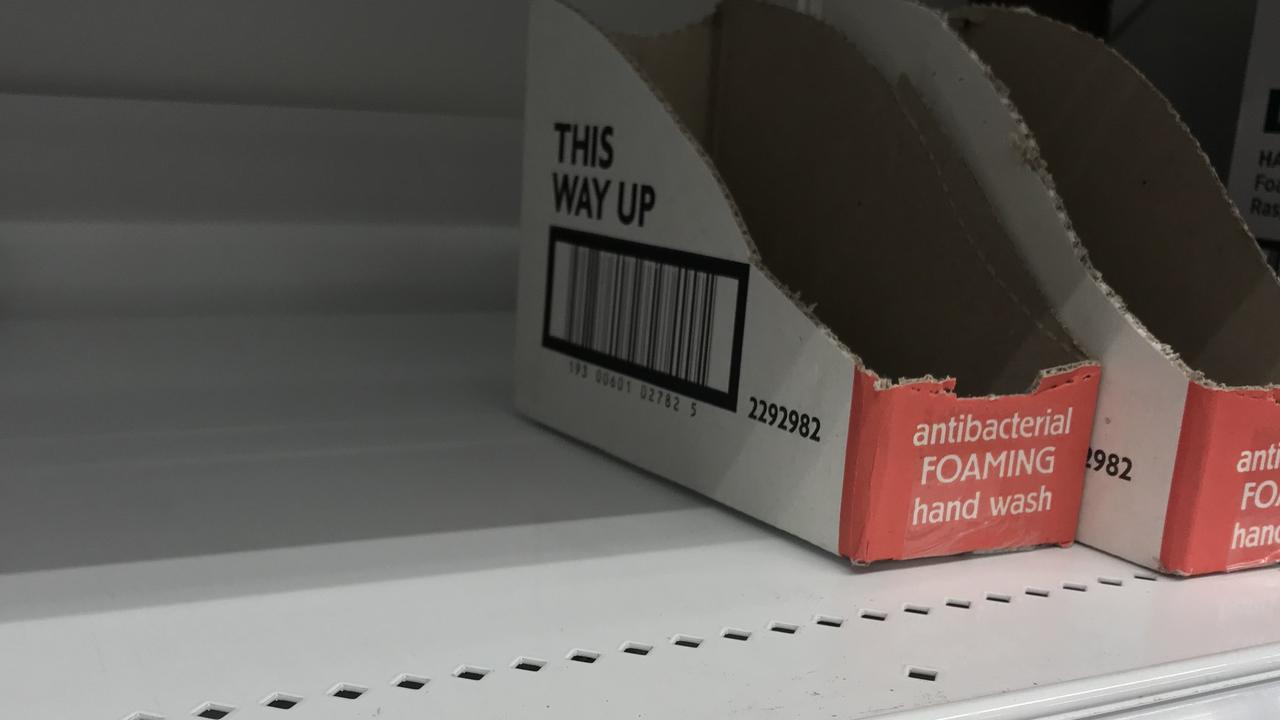NZ is just about 24 hours into lockdown. It appears to have gone OK with most Kiwis abiding by the rules. The Police Commissioner has said that the police will educate people on the error of their ways first, but if they get repeat offenders they be invited back to the police house to experience some of the police's famed hospitality. If the invitee becomes somewhat smart about things and still doesn't see the error of their ways, they'll be invited to spend time in a very comfortable police room in which they'll have plenty of time for contemplation.
No hunting or fishing, no boating, no golf, no going bush, or for drives. Bakeries and butcheries are closed. From midnight Friday only air travel and interisland ferry will be for essential purposes only. All freight traffic of foods fuels etc., is regarded as essential services so that will continue as normal. The British Imperial tobacco factory in Wellington was open and working today claiming it was an essential service, but I cannot see how it can be. If it isn't on the list, it could prove to be very expensive for them.
NZ is about 10 days away from the first indications if this lockdown has worked and wasn't to late. We already have about four clusters so far, and although they aver very small compared to other nations, the clustering process has started, as has community transfer, which is only in single digits yesterday and today. Today there are a total of 283 confirmed cases in NZ within an increase of 78 cases in the preceding 24 hour period.
Stay safe everyone and wash your hands.
No hunting or fishing, no boating, no golf, no going bush, or for drives. Bakeries and butcheries are closed. From midnight Friday only air travel and interisland ferry will be for essential purposes only. All freight traffic of foods fuels etc., is regarded as essential services so that will continue as normal. The British Imperial tobacco factory in Wellington was open and working today claiming it was an essential service, but I cannot see how it can be. If it isn't on the list, it could prove to be very expensive for them.
NZ is about 10 days away from the first indications if this lockdown has worked and wasn't to late. We already have about four clusters so far, and although they aver very small compared to other nations, the clustering process has started, as has community transfer, which is only in single digits yesterday and today. Today there are a total of 283 confirmed cases in NZ within an increase of 78 cases in the preceding 24 hour period.
Stay safe everyone and wash your hands.







